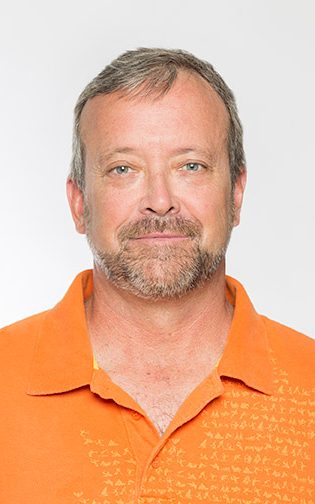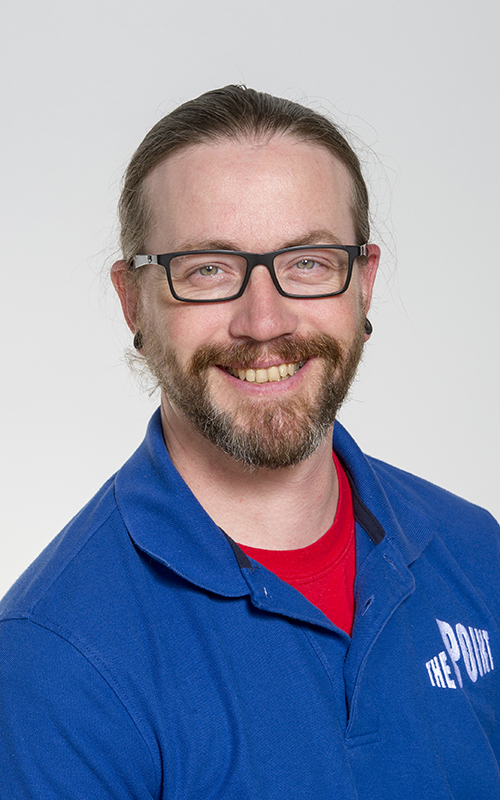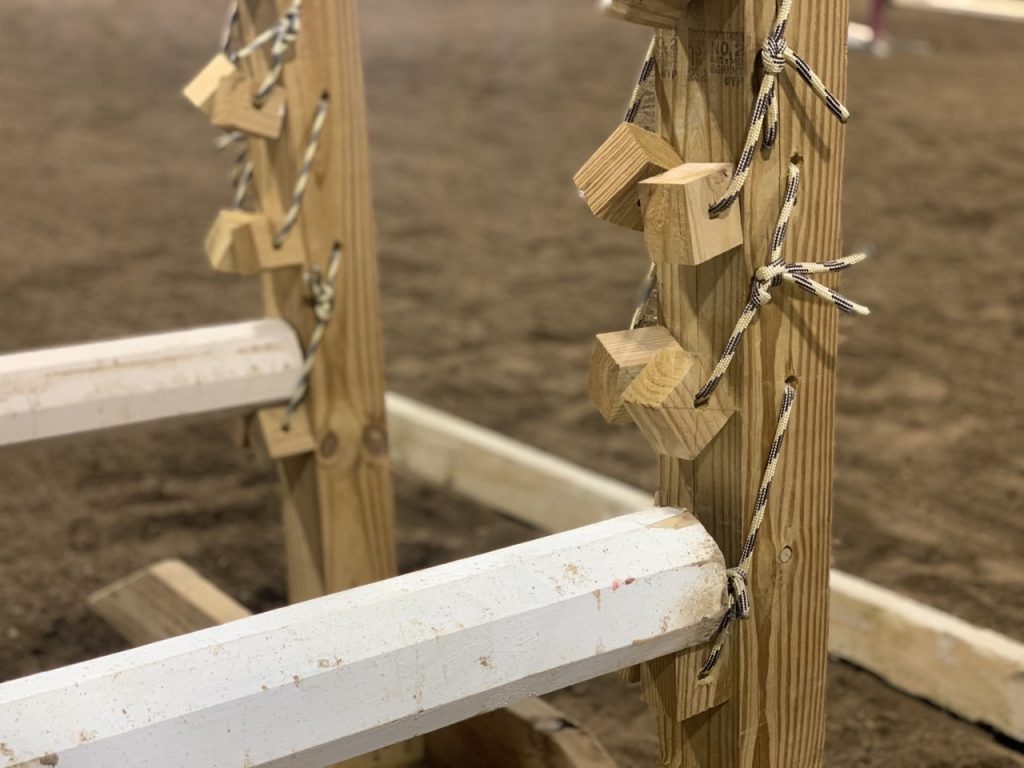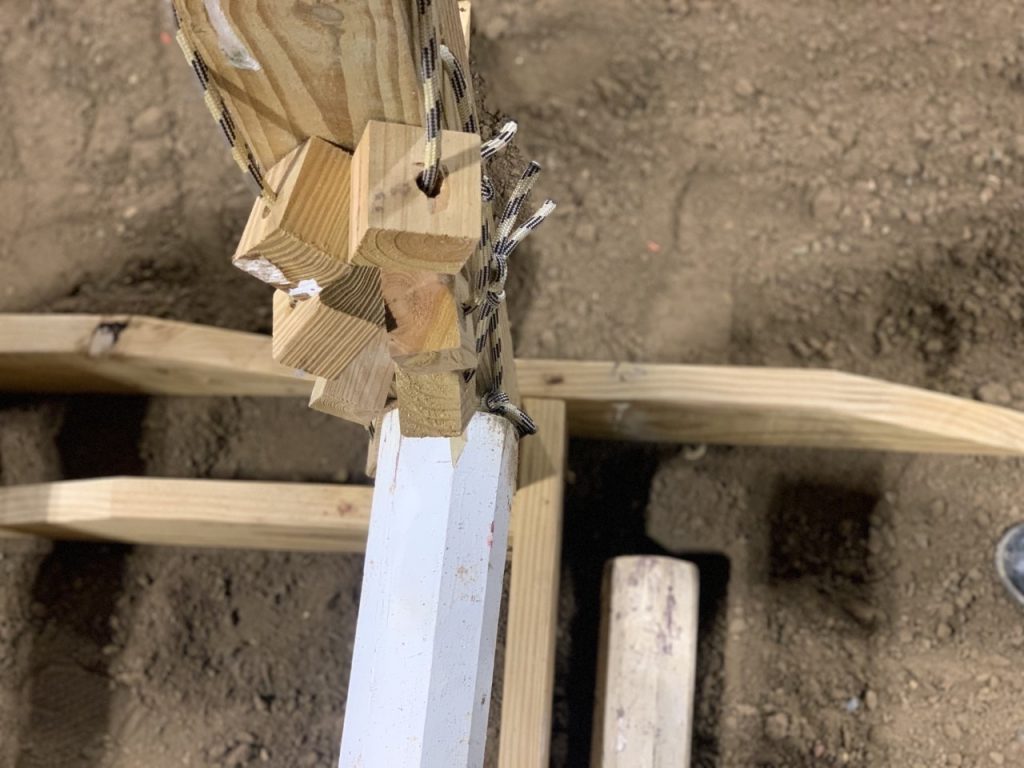Equine Class Collaborates with The Point to Create a Safer Horse Jump
Posted Apr 07, 2021
By Harold Walston ’21
A two-time Olympic equestrian teaming up with an accomplished engineer and sculptor might seem like an odd pairing, but the two came together to create safe horse jumps for the cross country course at Otterbein’s Knowlton Center for Equine Science.

Bruce Mandeville is an associate professor of equine science at Otterbein, as well as an Olympic equestrian for his home country, Canada. He teaches a cross country design class, which he presented with a tough question: How do you make a jump that will fall apart safely if hit by a horse?
Cross country is an intense sport, where horse and rider are faced with large bastion-like obstacles over the term of a course. To the average observer, it might look like galloping out of control for eight minutes, but a world-class athlete like Mandeville knows the sport and the course design are anything but simple. That’s why he presented the challenge to his class.
“I really motivated them to think outside the box.” Mandeville said.
The class looked for inspiration from other course designers in the sport and designed their jump. The next problem was how to execute the design. For that, Mandeville enlisted the help of Curtis Smith, manager of the Maker Space and lab operations at The Point, Otterbein’s innovation center.

A renowned sculptor and engineer, Smith was eager to help the class with its designs, despite having “no previous experience with horses.”
According to Smith, while he did oversee the work, it was still a learning opportunity for students. “We really led the students to build the jump themselves.”
Safety was a major factor in developing the final product. “We wanted to put a jump together that would be durable and safe, so we wanted to build it without screws. That way if the jump were to collapse the horse and rider would be safe,” Smith said.
Mandeville said safety has been an issue in the history of the sport. “When I was eventing in the ’90s, three-day eventing was more dangerous than driving.”
Eventing itself is categorized as the most dangerous sport in the Summer Olympic Games. Some rotational falls have even ended riders’ careers or lives. Between 1993 and 2015 there have been 59 recorded deaths due to the sport.

The class built a jump utilizing rope and wood that would replace screws. These added safety components for horse and rider while keeping the jump durable for outdoor use. Building the jump required heavy equipment and mathematical calculations that might have seemed more difficult than cross country competition. But in a collaborative effort, the jumps were finally complete.
The jump has multiple “settings.” It can stand as a vertical jump; an oxer, which are two jumps placed close enough for the horse to jump over both; or even a corner jump. All three of these are jumps that are common on the cross country course.

With the completion of the jump, Otterbein Equestrian Team members can now feel safer when jumping with their half-ton horses.
For Mandeville, the project felt personal, because he has dedicated his life to the discipline and the horses themselves.
“Horses bring us back to what’s important.” he said. “It’s important that we keep horses around, because we all find it therapeutic to be with horses.”
Watch Harold go through the jump course at the Equine Center in the video below.